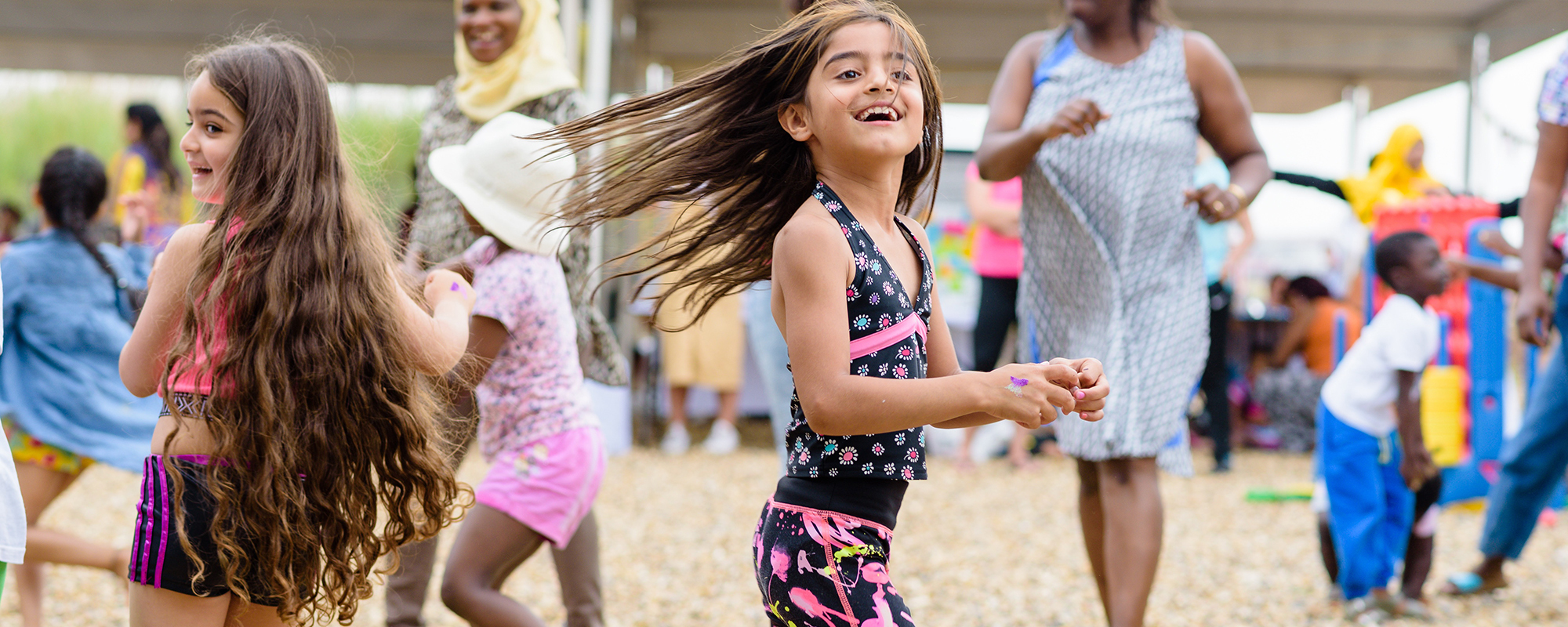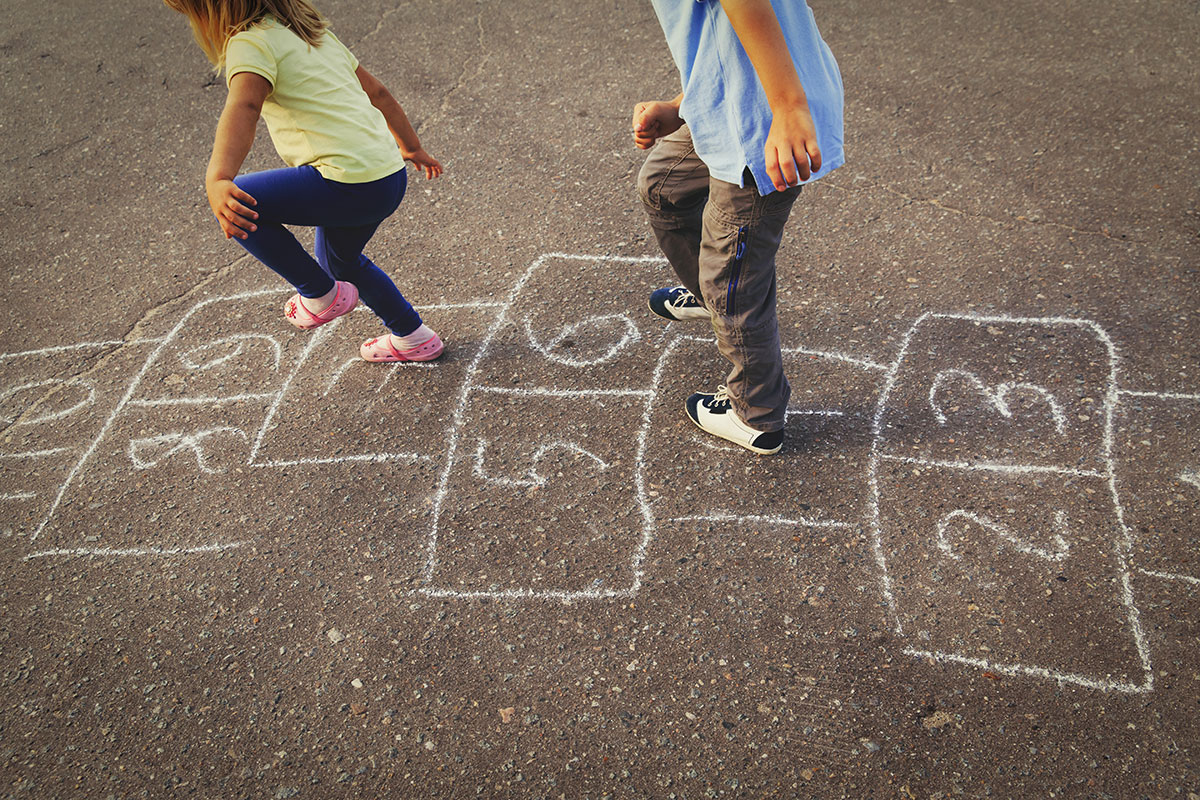Get updates from The Developer straight to your inbox Yes, please!
Nearness, wildness, secretiveness and possibility: developing the ideal space for play
Adults’ desire for safety, order and visibility strongly contrasts with children’s desire for disorder and loose play materials, writes Marianne Mannello of Play Wales and Jen Heal of the Design Commission for Wales
Welcoming places and the company of others to play with every day is of great importance to children and teenagers, as well as central to their physical, mental, social and emotional health and well-being. Children value time, freedom and quality places to play. Yet access to space in their own neighbourhood has diminished over time.
A joint symposium held in Cardiff on child-friendly communities brought together renowned speakers in the fields of children’s play, design, planning, rights and participation to debate how we can better provide for children in Wales.
What we found was that when play spaces are created as part of new housing developments, they are not necessarily shaped in the right way because children and adults have different views of what constitutes valuable play space.
Doctors Stuart Lester and Wendy Russell say that adults’ desire for safety, order and visibility strongly contrasts with children’s desire for disorder and loose play materials – materials that can be manipulated, moved and adapted, built and demolished.
Where adults see a redundant unsightly piece of waste ground in need of redevelopment, children see spaces that offer freedom to have adventures, to explore, think, make dens and hang out. These spaces share the qualities of nearness, wildness, secretiveness and possibility – traits typically alien to planners.
Ideal play spaces share the qualities of nearness, wildness, secretiveness and possibility – traits typically alien to planners
Play involves children doing as they wish in their own time and in their own way. However, while playing comes instinctively to children, the support of parents, policymakers and the wider community is necessary to ensure children have freedom, spaces and time to themselves to act on their natural instincts.
Internationally, the importance of play is recognised and protected in the United Nations Convention on the Rights of the Child (UNCRC). Article 31 of the UNCRC gives all people under the age of 18 ‘a right to play’.
The definition of play determines it as behaviour initiated, controlled and structured by children, as non-compulsory, driven by intrinsic motivation, not a means to an end. It has key characteristics of fun, uncertainty, challenge, flexibility and non-productivity.
The aim of the General Comment is to clarify the meaning and importance of Article 31. It stipulates that local authorities should assess provision of play and recreation facilities to guarantee equality of access by all groups of children, including through child-impact assessments. It stresses that public planning must place a priority on the creation of environments which promote the well-being of the child.
There is a strong policy framework for play in Wales – a ‘play-friendly country’. Wales was the first country in the world to pass a law for children’s play, through the Children and Families (Wales) Measure 2010, which includes a section on Play Opportunities. Section 11 of the measure places a duty on local authorities to assess and secure sufficient play opportunities for children in their area.
The measure represents a unique opportunity to consider how we as a society recognise and meet children’s play needs, and better provide for them. As well as submitting detailed play sufficiency assessments to the Welsh government every three years, local authorities must also produce and report on annual action plans.
Children and teenagers living in Wales say they encounter many barriers to playing out including parked cars, traffic and unwelcoming attitudes
Town and country planning is an important factor in providing spaces where children can play. The provision of quality play opportunities can also significantly contribute to the well-being of the wider community.
Assessments must evaluate:
• Planning of the built environment including housing and use of public and open spaces for children’s opportunities to play
• The local development plan, ensuring it recognises and addresses the outdoor play needs of children of various ages
The Well-being of Future Generations (Wales) Act 2015 aims to improve the social, economic, environmental and cultural well-being of Wales. It is a clear commitment to a better quality of life for future generations.
Despite Wales’ impressive range of innovative legislation and policy, there is sometimes unimaginative application of minimum requirements in new developments
The latest edition of Planning Policy Wales (PPW) requires all those engaged with the planning system in Wales to embrace the concept of placemaking to achieve the creation of sustainable places and improve the well-being of communities.
This encompasses all elements that make a place great to live in, including recreation spaces to provide the opportunity for a range of activities, but also well-designed, people-orientated streets where children can play. The emphasis on a holistic approach to placemaking suggests that a more joined-up, multi-disciplinary approach is needed.
Unfortunately, despite this impressive range of innovative legislation and policy, there is sometimes unimaginative application of minimum requirements in new developments whereas much more could be achieved through effective engagement.
Children’s play is a matter of space and time, erupting when conditions allow and a child’s relationship with their environments is produced through encounters with others.
Russell also asserts that there is a need to work collectively across departments and agencies to ensure that planning and providing for children’s play is a matter of spatial justice, which pays attention to the ways in which processes inhibit or enhance environmental conditions for play.
Town planner Dr Jenny Wood suggests the need for greater involvement and understanding of children in the town planning process, and planning policy itself.
A key principle of town planning systems is to pursue what is in the public interest. However, there is low awareness of children’s rights within the planning system. A misunderstanding of children’s spatial requirements results on a focus on education, parks and playgrounds, she says.
The design of neighbourhoods can influence the way space is used for play and wider social use. Higher levels of outdoor play can be achieved through good neighbourhood design, according to Dinah Bornat, co-founder of ZCD Architects.
Working across departments, as promoted by the Well-being of Future Generations (Wales) Act, has the potential to transform neighbourhood design and regeneration in an equally effective way. This is not about increasing costs but about putting the experiences of children central to the way in which we think about designing local neighbourhoods, and better understanding the benefits that would lead on from this.
According to children and teenagers living in Wales they encounter many barriers to playing out and gathering with friends. The most notable issues being parked cars, traffic intensity and speed, and unwelcoming attitudes and environments.
We need to change the environment throughout our communities to create a play-friendly Wales – this requires supporting the change of attitudes and mindsets.
Many of us have fond memories of growing up in a time when it was accepted that children, once they were old enough and confident enough to negotiate the outside world independently or with friends and siblings, played outside and ranged within their neighbourhoods freely.
Children and teenagers across Wales are asking for the same – more time, space and permission to play in communities that care for them… That’s not too much to ask, surely?
Marianne Mannello of Play Wales and Jen Heal of the Design Council for Wales reporting from this spring’s Spirit Conference Wales
Sign up to our newsletter
Get updates from The Developer straight to your inbox
Thanks to our organisation members
Become a member
© Festival of Place - Tweak Ltd., 124 City Road, London, EC1V 2NX. Tel: 020 3326 7238

